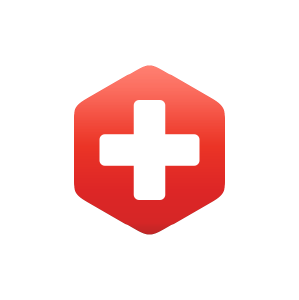6.6: Surveillance
( \newcommand{\kernel}{\mathrm{null}\,}\)
Surveillance may seem like an ominous term, but it is one of the most important roles of epidemiology. Disease surveillance is simply gathering data from different sources on the prevalence and incidence of different diseases and conditions. This allows health departments to get both a historical and current picture of the health status of the populations they serve. They can use surveillance to support decision making on funding particular research projects, allocating resources for hospitals or different community programs, or responding to outbreaks quickly. This data for metrics other than infectious diseases can also be used to determine if particular targets are being met - such as those set in the Healthy People initiatives.
How is surveillance conducted? Are health officers bugging phones and sitting in stakeouts like an old FBI movie? Disease surveillance originally began with boots-on-the-ground investigation, and in some places this is still the best method. However, new technologies and cutting-edge strategies help health departments keep tabs on the health of much larger populations.
There are two primary ways that health departments can conduct surveillance: active surveillance and passive surveillance. Active surveillance is a more traditional method of door-knocking and interviewing residents of a community, or perhaps conducting telephone interviews. This is how surveillance had to be done in the early years. John Snow famously visited houses in the Soho district of London. By interviewing residents in this area, he was able to record the number of cholera cases and deaths, and which houses were supplied by the two major water suppliers. This led him to the discovery that those houses fed water from one company (which collected its water from a particularly polluted area of the Thames river,) had significantly higher rates of the disease. Even though no one knew about the bacteria that causes cholera and how it is spread, there was still enough evidence collected by Snow to convince officials to remove the handle of the Broad Street pump - thereby removing the contaminated water source.
Active surveillance can be more accurate than passive surveillance in detecting each case that has developed over a period of time. It can also help with developing an understanding of community spread and potential sources of spread. However, active surveillance requiring door-knocking and interviews is rarely done in modern times due to the significant financial and personnel costs it requires. Instead, passive surveillance is relied on by health departments via reporting of certain diseases that doctors and laboratories come across in practice. For example, a doctor might see a patient complaining of symptoms which the doctor suspects are due to Hepatitis A. The doctor may ask for a stool sample and send that off to a laboratory to confirm results. The laboratory tests the sample and confirms that it is indeed a case of Hepatitis A and reports this case to the local health department, which in turn reports to the state health department and the CDC.
There are a few challenges with passive surveillance - one of them being the fact that not everyone goes to a doctor or clinic for symptoms that they have. Illnesses like influenza are often managed at home, so if a person feels like they have the flu, they won’t go to the office and no official case is recorded or reported. Health departments have found other ways to monitor potential increases in influenza, such as gathering data from Google searches for flu-like symptoms - which tend to go up consistently before doctor visits and hospitalizations increase for influenza. A spike in symptom searches may indicate that the flu is spreading in the community among folks who will probably not visit the doctor for themselves, but may spread it to those who will experience more severe illness and end up in the hospital. One way that active surveillance was used most recently during the COVID-19 pandemic was through taking samples of wastewater (sewage) and testing it for the presence of the virus. This allowed for non-invasive testing and tracking for COVID-19, particularly when home-tests became available and fewer people were reporting illness (CDC, 2023). Thus, more modern data collection may allow health departments to utilize active surveillance in more cost-effective ways.

